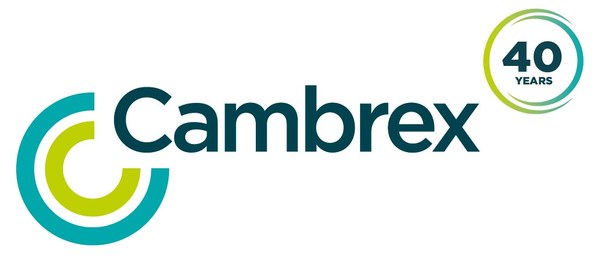The world of today runs on data. The top companies around the world rely heavily on human insight and comprehensive data collection to guide their strategies and initiatives. After all, the only real way to offer meaningful and unforgettable customer experiences is by analyzing and acting on high-quality customer perspectives. One of the most important parts of this process is to ensure that the right questions are being asked. Should an organization start gathering feedback through the use of misguided or poorly articulated questions, the consequences can be dire.
Biased Questioning
It is incredibly easy to end up in the pitfall of biased questioning. Confirmation bias is very much in effect whenever organizations are looking for useful feedback. If an organization feels like they are offering what they thin is the ‘next big thing’ and conduct tests to confirm it, they will undoubtedly end up with some highly skewed results. During such occasions, said companies will likely ask questions that unintentionally lead customers towards the answers they are looking for. As the saying goes, if you go looking for trouble, you will find it.
While it is easy to fall into the habit of asking biased questions, it is also quite simple to avoid them.
- Cut out all ‘yes or no’ questions – Yes and No answers are far too vague to glean anything of great import. Have customers tell you what they feel instead.
- Be aware of how positive or negative the question is framed – Rather than directly implying positive or negative changes, ask what the organization can do to improve the experience.
- Don’t give away the answer in the question – Questions can sometimes sound like they are fishing for a certain answer. Try to avoid drafting such questions and offer something more open-ended.
Ask Questions That Offer Shareable Perspectives
When appropriate, customer insights should be shared throughout an organization. Many of the stories and perspectives gleaned will only be relevant to the questioning team. However, share any broader themes, or especially eye-opening tidbits. With this in mind, companies can consider including a few questions that will yield shareable perspectives. These shouldn’t be the only questions you ask, but they can be one component of the overall approach.
Questions such as “Describe how our product makes you feel” can provide insight into how the user’s mind works. It can also pinpoint areas of misunderstanding that can then be cleared up proactively. This type of customer feedback is useful to everyone within an organization. Disseminating it helps build shared meaning, cultivate understanding and create universal buy-in.
A Holistic Approach
Drafting great questions for customer feedback requires an investment of time and energy. As such, it is best to invest in questions that will help the company get to market faster, discover new customers, cut costs, and get ahead of the competition.
Asking customers the right questions requires a thoughtful and holistic approach. It will require a more holistic and thoughtful approach that involves keeping biases in check, knowledge sharing, and looking at the bigger picture. By keeping these things in mind, organizations can set themselves on the right path to generate better value and empower themselves to better serve their customers.












